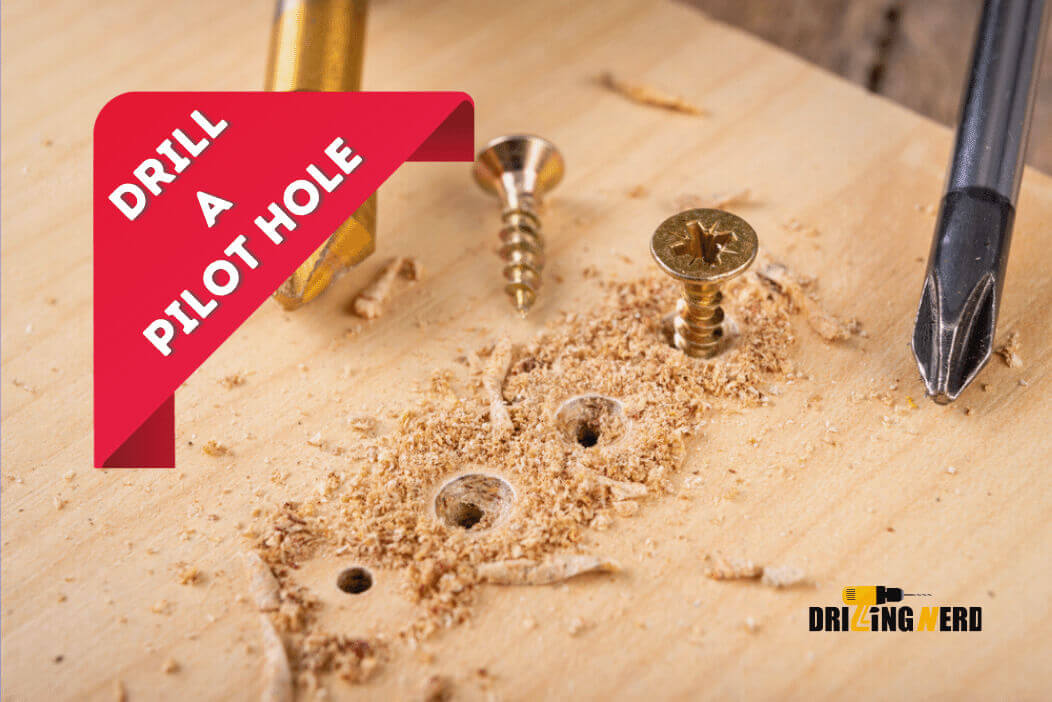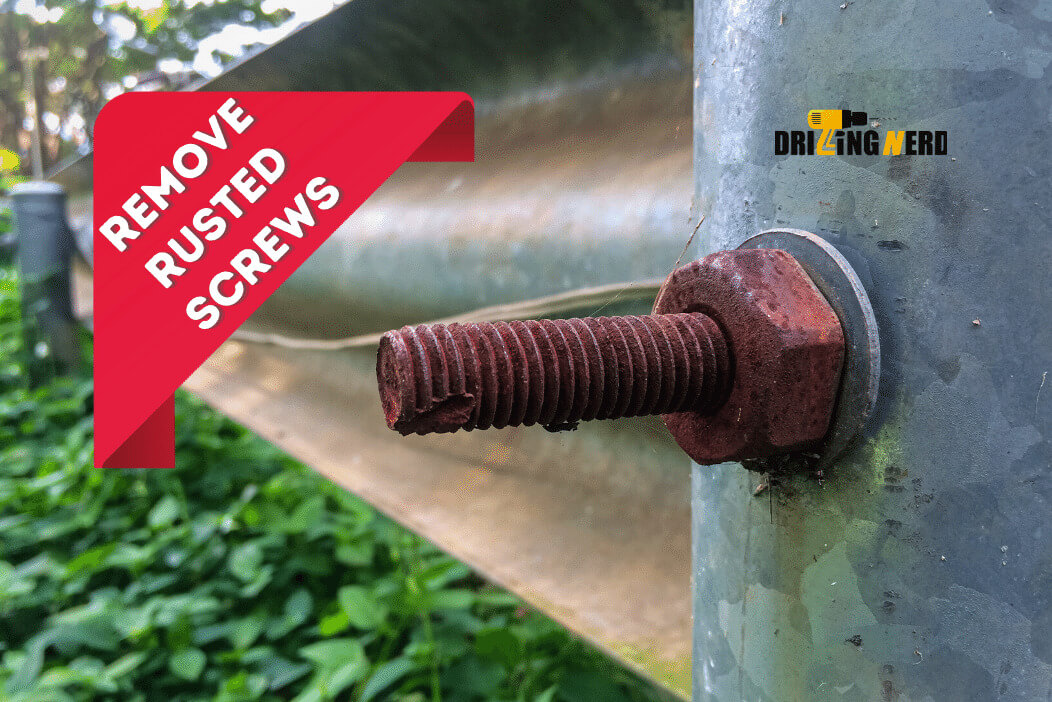So by now, you would be done with painting your house, and probably you are thinking of decorating your walls with some decoration pieces. Or you might have to drill into tile to hang some object that you may need to suspend on the tile wall. Doing so requires drilling a hole in the tile. But performing it in the wrong way will undoubtedly create a problem. Such as, you might break the tile or drill bit. Or you may drill a hole at an angle.
To avoid any bad circumstances, you should read the complete article that will surely help you execute your task correctly. Also, if you want to buy a new drill for your regular day-to-day use, check—best drill for home. Although it seems a straightforward job, yet a tiny mistake can cause breakage in your tile. Let’s dive straight into the critical discussion.
Tools You Need Before You Begin:

Here is the complete list of items you need before you can start the drilling:
- Mask, goggles, and gloves
- Marker
- Anchor
- Drilling machine and drill bits
- Dust vacuum and clean cloth
- Position balancing scale
Step-By-Step Procedure:
Now let’s go over the step-by-step procedure of drilling into tile properly.
1. Watch Out For Your Tools:
Before you start drilling, it’s essential to make sure that you have the right tools for that. Especially if you have a cordless driver, make sure that it’s charged. For drill bits, make sure you have the right drill bits. If you have a wooden ply beneath the tile, then you can use wooden drill bits. However, if you have bricks underneath the tile, then use masonry drill bits.
The advantage of using a masonry drill bit is that it’s super durable. It also supports the hammer functionality of the drill machine. Masonry drill bits can quickly drill tough surfaces without breaking. There are two famous masonry drill bits on the market.
- Carbide-tipped masonry drill bit
- Diamond-tipped masonry drill bit

2. Determine Your Tile’s Type:
It’s essential to determine the tile’s type before you start drilling through the tile. Usually, the two main tiles categories are ceramic and porcelain. One more widely used tile is glass tile, but it’s easily recognizable to be made from glass. Now taking off the porcelain tile, it’s much stronger, denser and more durable than ceramic. That’s the sole reason it costs more.
So porcelain tiles can be easily identified if you look from its side; the tile is the same on the front and all the way down. However, if you talk about the ceramic tile, it’s polished on the front only. The rest or underneath layer is none polished. For drilling through ceramic, you can work with a carbide masonry drill bit. However, for the porcelain, go for the diamond cut masonry drill bit.
3. Wear Your Safety Gadgets:
You must wear all your safety gadgets. The safety gadgets include, most importantly, the mask and goggles. It is better that you also wear gloves, and this saves your hands from silica and debris. The safety gadgets eliminate the chances of dangerous silica getting into the eyes and nose.
4. Measure and Mark Position:

Now when you are about to start, mark the position of the drill’s hole. Be sure about it. You can measure twice and mark once. Once you are done with marking the position, put the drill machine perpendicular to the wall.
5. Start Drilling Slowly:
Start with a pilot drill bit or any thin drill bit. Do start slowly (max 200 RPM). At this stage, your fast drilling could damage the tile and can break it. So start slow and with a small bit. Also, don’t use the hammering mode at this stage. Use only the rotary method.
Later as you drill thru tile, you will face the surface underneath. For brick, use a masonry (SDS) drill bit with hammering mode for better results. To know more about drilling into brick or mortar, check out –drilling into brick or mortar. For a wooden surface, use a spur drill bit.
CAUTION:
Use masonry drill bit after pilot hole. Don’t use hammering mode direct on tile, in case you may break it.
6. End Swiftly:
When you are done with drilling tiles, it’s time to drill the surface. You may need to increase the speed of drilling. Now insert the anchor into the hole. Now gently tap the anchor. After that, place the screw in the anchor. Nicely screw it to adjust the anchor tightly at its place.
7. Clean the Debris:
Once the screw is inserted into the anchor, clean the debris from your hands and workplace. The silica and debris can become dangerous for your breathing. Thus clean it properly.
Tips for Efficient Drilling
Measure Twice and Drill Once:
Measure appropriately before drilling. It’s quite challenging to do a tile filling if you drill at the wrong place. You may not be able to properly blend the new filler’s color with the wrong tile hole. So measure twice and drill once.
Drill in Grout if Possible:
If you want hassle-free drilling, then drill at the grout. But this is only possible if you want to hang lightweight objects. Also, it’s much easier to apply filler to grout if the wrong hole is drilled

Clean the Debris When Done:
When you are done with drilling into the tile, especially porcelain, clean the debris when done. The uncleaned debris can create breathing problems, particularly for asthmatic patients.
Frequently Asked Questions:
Bottom Line:
Finally, to conclude, we learned how to drill into tiles without cracking them. This is accomplished by carefully following the first marking steps, then drilling it at a low pace, finally drilling thru the tile, using spur or masonry drill bit to drill into the surface material.
Also, tighten the anchor into the drilling space and tightly screw the threaded fastener into the anchor such that the anchor is firmly gripped at its place. Use sharp and new drill bits on the tile. Old and rough drill bits don’t perform well on the tile and often become the reason for tile to crack.









